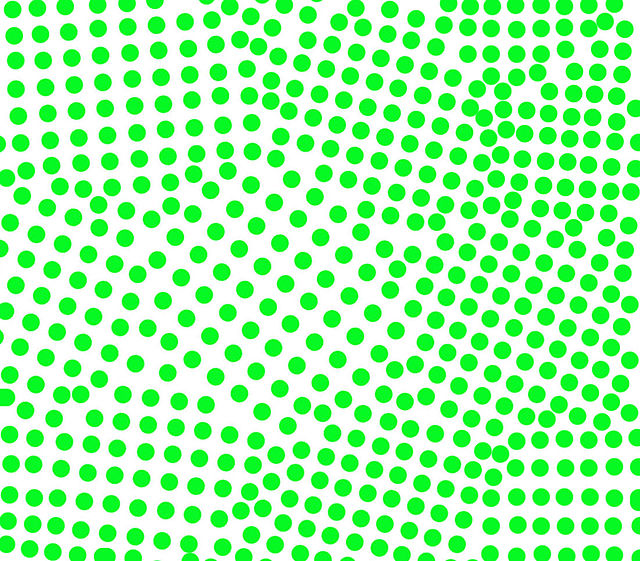In materials science, a grain boundary is the interface between two grains, or crystallites, in a polycrystalline material. Grain boundaries are two-dimensional defects in the crystal structure, and tend to decrease the electrical and thermal conductivity of the material. Most grain boundaries are preferred sites for the onset of corrosion and for the precipitation of new phases from the solid. They are also important to many of the mechanisms of creep. On the other hand, grain boundaries disrupt the motion of dislocations through a material, so reducing crystallite size is a common way to improve mechanical strength, as described by the Hall–Petch relationship.
Micrograph of a polycrystalline metal; grain boundaries evidenced by acid etching.
Differently-oriented crystallites in a polycrystalline material
A crystallite is a small or even microscopic crystal which forms, for example, during the cooling of many materials. Crystallites are also referred to as grains.
Polycrystalline structures composed of crystallites. Clockwise from top left: a) malleable iron b) electrical steel without coating c) solar cells made of multicrystalline silicon d) galvanized surface of zinc e) micrograph of acid etched metal highlighting grain boundaries
Transmission electron microscopy (TEM) bright field image of a grain in a permalloy thin film.
Bronze bell with large crystallites on the inside





